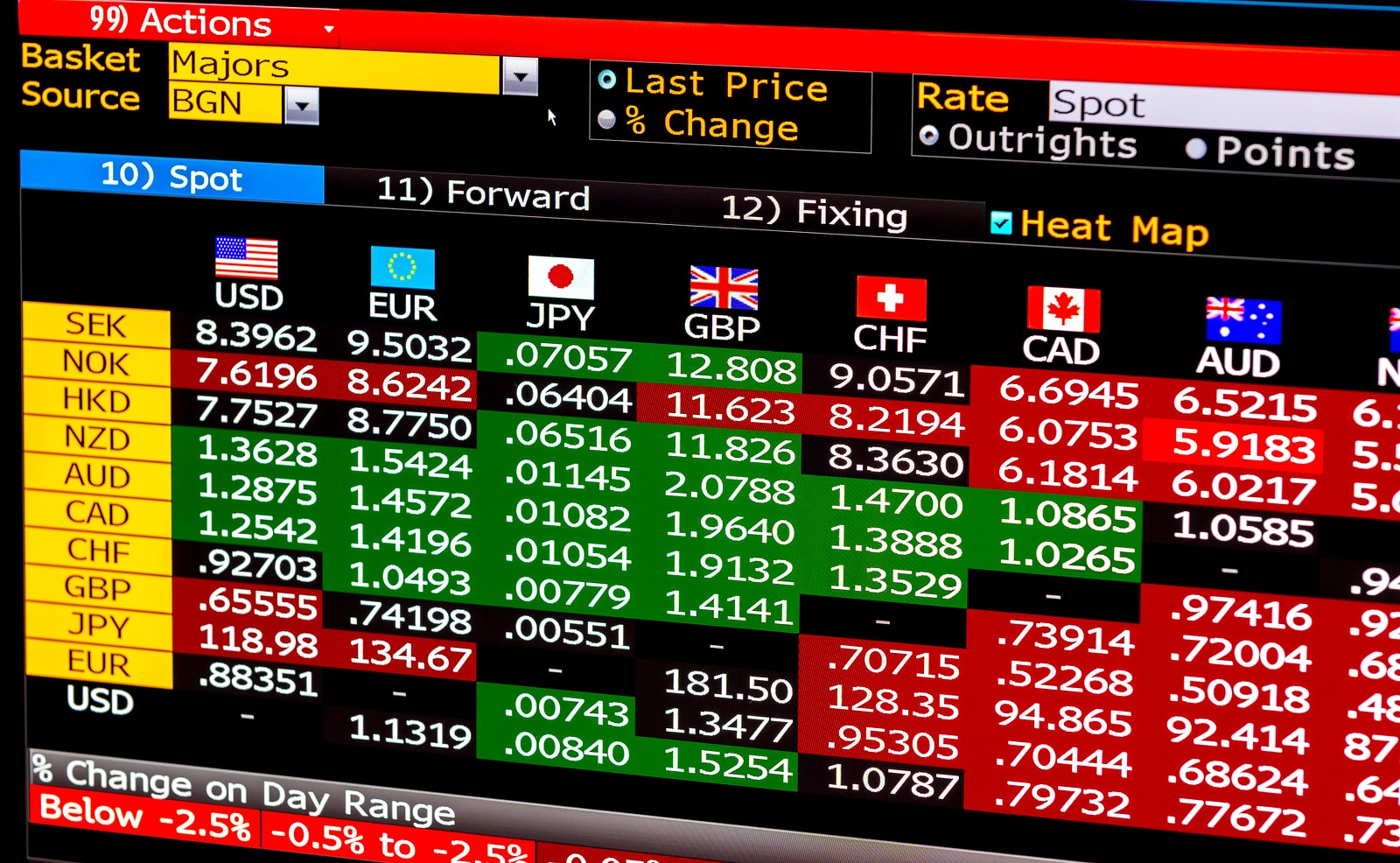How Effective is a Trend Strategy in Forex Trading
September 23, 2016
There is a saying when trading forex markets, that every trader knows: “the trend is your friend”. It is so valid, that there is virtually no trader out there that didn’t fail to ride a trend or tried to pick the bottom or the top of a trend only to failed at this too.
There are a lot of trading theories out there and many of them are referring to how to ride a trend and based on this a lot of trend strategies where developed as well.
Also, every forex broker is offering a trading platform that has many trend indicators. These indicators can be used in order to help a trader ride a trend, namely to buy dips in a rising trend on sell spikes in a bearish one.
The overall idea of riding a trend is a very good one but it has one big problem: markets are spending most of the time in consolidation, and this makes trending markets really rare.
What is a Trend?
Before even considering how effective a trend strategy is, we should look into the very definition of a trend. If market is spending most of the time in consolidation, how do we know when a trend started and, more importantly, when a trend is changing direction?
A trend is defined by at least two higher-lows (in a bullish trend) or lower-highs (in a bearish trend) to take place without price to retrace beyond the beginning of the trend.
If this is happening, a trend line (the line of a trend) can be drawn to make the overall trend more visible and to easily find out places to add to an original position when market is retracing.
Riding a Trend
Riding a trend is supposed to be an easy concept as there are plenty of indicators available to help a trader succeed in this process.
One of the most popular trend indicators for riding a trend is the moving average and traders plot multiple moving averages on a chart by the time a trend is believed to have started. Every time price is retracing into these moving averages (MA50, 100, or 200), a new trade in the main direction of the original trend should be taken.
Other trend indicator that is intensively used by traders is the Bollinger Band indicator and one of the main advantages of it is that it makes the trend really visible, as price stays between the Upper Bollinger Band and the Lower Bollinger Band and the Middle one offers a nice place to add on spikes or dips.
Above are only to examples of trend indicators that help riding a trend and the strategies derived from such trend indicators tend to be very profitable to the extent that one knows when to exit those positions.
One risk regarding trend trading strategies is that there is no actual take profit in place as no one really knows how long the trend will stretch and the overall idea is to ride the trend until exhaustion.
That being the case, one way to overcome this is to use trail stop orders for your positions. They are really good but a small spike caused by a fundamental release or a central banker saying something can get you out of that trend only to watch the trend resuming afterwards.
Looking for trend reversal patterns is the way to go, and in doing that a trader should look for divergences between price and an oscillator, double tops or bottoms, wedges, head and shoulder patterns, candlestick reversals, etc.
This way the trader is always paying attention to current developments and by the time the very definition of a trend is changing (the higher-lows or lower-highs series is broken), then all trades should be exited.
To some up, a trend strategies are very effective in growing a trading account presuming a trend is identified and the ride goes all the way until its exhaustion. Otherwise, the risk is to get out of it too early and when finally managing to get in again, the trend is changing.
As always when it comes to trading, patience and discipline should prevail and trend riding surely requires them both.



